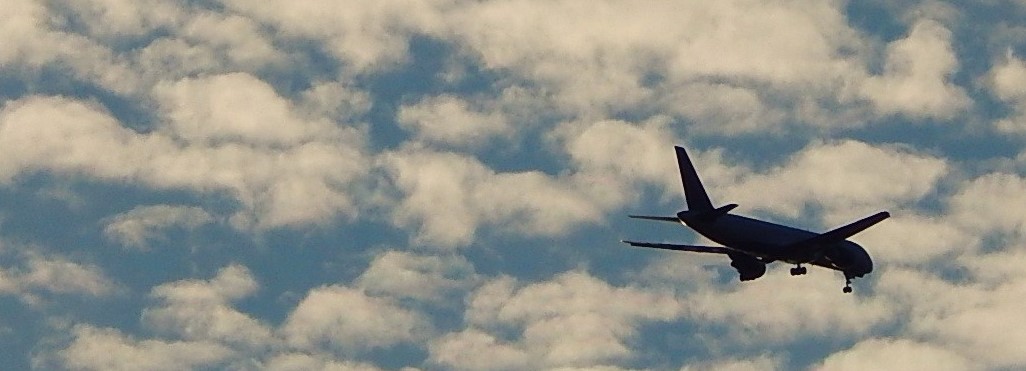Blog Editor’s Note: This report coincides with information being developed by Europe’s STRIKE3 project. See, for example, the information they presented at the most recent PNT Advisory Board Meeting in Baltimore.
AIN On Line
GPS Jamming and Spoofing On the Rise
GPS jamming and interference events are growing exponentially as aircraft systems are becoming increasingly reliant upon them for primary navigation. During the last three years, Spirent Communications, a company that tests navigation equipment, has captured 150,000 different jamming and interference events.
“Global navigation satellite system [GNSS] jamming essentially is as hard as it is to get your credit card out. You can go out and get a piece of jamming equipment rather easily. Yes, it is illegal, but if you are jamming GNSS you probably don’t care,” said Jeremy Bennington, Spirent corporate solutions and technical strategy lead.
He added that the risk to aviation safety is real and tangible. “Since 2013 the FAA Aviation Safety Information Analysis and Sharing System has recorded more than 100 instances of pilot reports of GPS systems being jammed. But we know it was far more than that because in the reported cases they busted some sort of regulatory requirement; they busted altitude or went to the wrong place.”
Bennington noted several examples of GPS jamming/interference in recent years. This includes the Eastern Mediterranean Sea earlier this year, where five sea vessels and one aircraft had interference over extended periods of time, with some vessels up to 25 miles off course. Last year, GPS was jammed by Russia for one week in Norway. In second-quarter 2016, there were more than 50 reports of GPS interference on approach to Runway 24 at Manila International Airport, producing a loss of onboard GNSS functionality and GPS-L and GPS-R invalid messages, as well as a decrease in navigation performance leading to an RNP alert. This also caused missed approaches, produced a large map shift on the navigation display, and affected TAWS terrain indications.
Bennington said the “Pokemon Go” augmented reality app released in 2016 encouraged hackers to spoof GPS to win prizes and put code online. “The spoofing they were doing was largely on cellphones, but you take that same code and software-defined radio and put that together along with position and timing data and you can make a fairly sophisticated GPS or GNSS spoofing device,” he said.
“We’ve seen a huge increase in GNSS-related spoofing incidents in part because of Pokemon Go because the technology was rapidly developed over a six-week period and was put out over the internet and people who wanted to nefariously use it could,” Bennington added. “There haven’t been that many cases of drones being brought down, but that’s because the financial impact and the loss of life associated with bringing down drones today aren’t very high compared with disrupting shipping at sea. But we will see that effect as [aviation] becomes a target for rogue states or hackers.”


